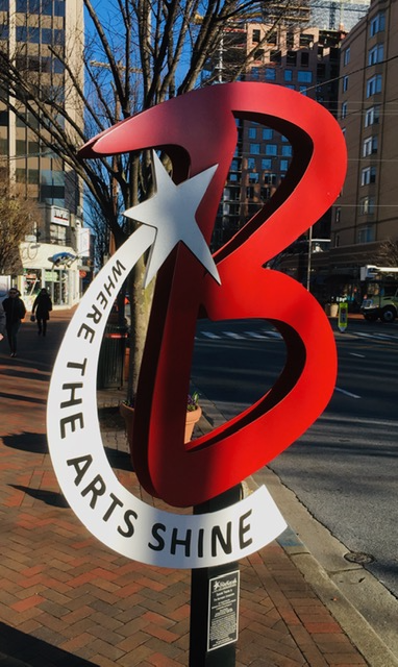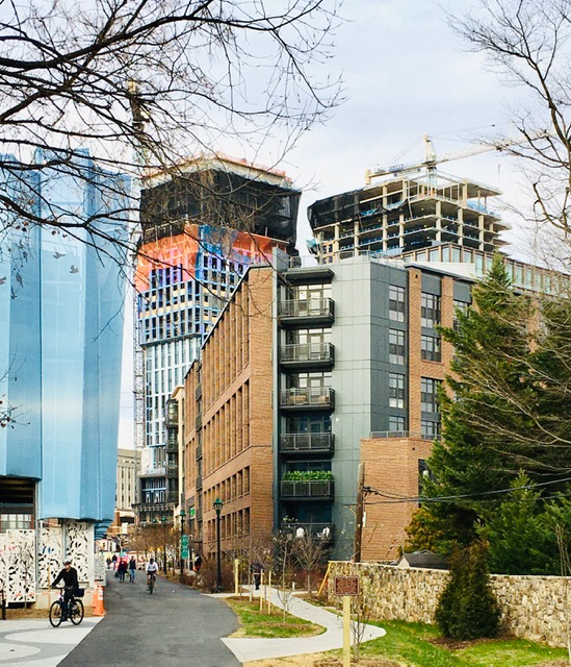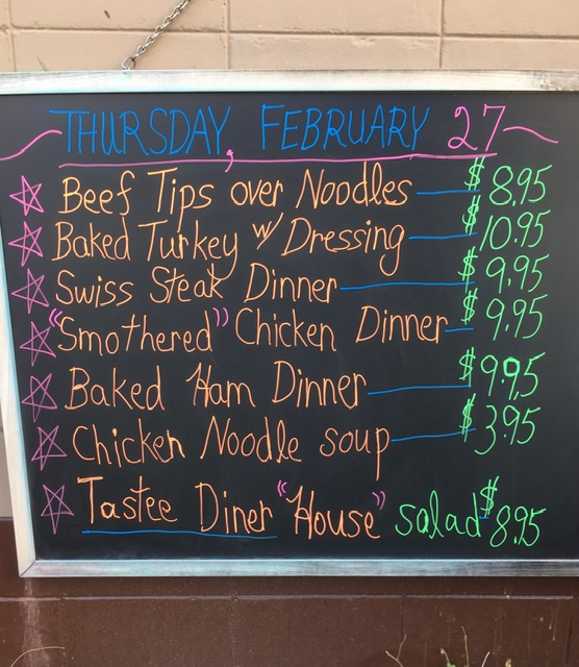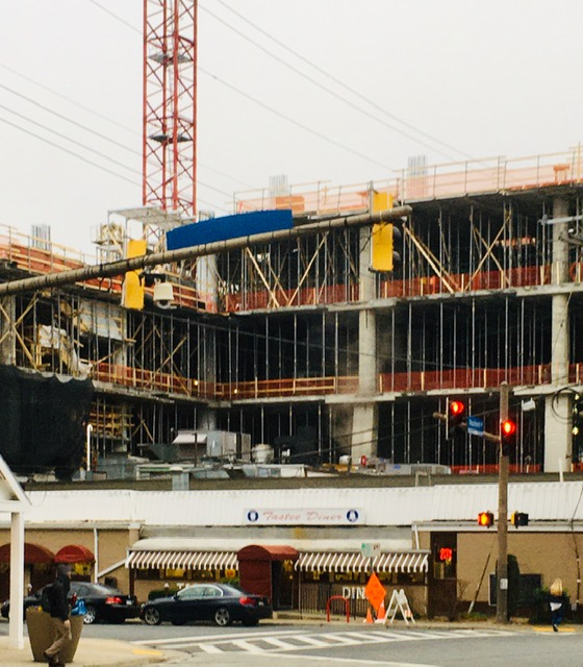”What’s in a name? That which we call a rose by any other name would smell as sweet.”
The question that Romeo poses to Juliet suggests that it is not a name but the person, or substance of a thing, that matters.
Credit Union Names Evolve
Upon chartering most credit unions adopted names that identified their common bond. Starting a credit union generally required one of three fields of membership: affiliation by employer, by association or by community.
Credit union names reflected this core legal identity for example: IBM Southeast Employees, International Harvester, GTE, St Paul’s Parrish, or 717 Credit Union.
But as companies merged or laid off staff and the membership broadened, names became more generic: Community First, Workers, Family First, Together or MY Credit union.
And today many new names reflect the impact of branding consultants with aspirational titles such as: Aspire, Ascend, People’s Choice, NuVision or Credit Human
The Name: CommonBond
So I was intrigued that a fintech startup from the 2011 chose the name CommonBond to describe its firm.
Since 2012, it has made over $4 billion in new or refinanced student loans. But why call the firm Common Bond? Is a tangible connection being referred to? Is there an insight possibly drawn from credit unions, but now forgotten, as names evolve into branding events?
The firm’s business model is to target student loan refinancing and new borrowings. The market is millennials. So how are they trying to connect with this demographic beyond a virtual platform with competitive products and pricing?
The first declaration from their website is a statement of their business philosophy:
OUR SOCIAL PROMISE: A better way to do business
The way we see it, businesses have a responsibility to do more than just business. We’re passionate about giving people the opportunity to live their dreams, and we know improving student loans is just one way we can make a world of difference.
Our partnership with Pencils of Promise has provided schools, teachers, and technology to thousands of young students in the developing world and our yearly trip to Ghana gives customers and team members a chance to visit the amazing classrooms we’ve built together.
As described in a TIME magazine note: “The firm offers services to anyone with a degree from a not-for-profit American university regardless of citizenship, so long as he or she meets the other criteria. The company is also the first and only finance firm to offer what it calls a “one-for-one” social mission: for every degree fully funded on the company’s platform, it also pays for a year of education for a child in a developing nation.”
It also partners with employers as noted in a Fast Company article: “CommonBond has skirted the fates of other online lending companies in recent years by partnering with employers to turn student loan repayment into something like the 401(k)s of the millennial and gen-Z workforces. The goal was to tackle two financial problems in tandem: the costly turnover facing employers and the debt weighing down their youngest employees. CommonBond has racked up more than 250 business partners to deliver its debt-refinancing program as a work perk…”
Empowering
In CommonBond’s 2018 annual review, a video describes its core purpose as empowering the community, the workforce and the world.
The company relies on venture capital and wholesale funding sources including sales of bonds backed by student loans to the secondary market. This would lead one to believe that their funding costs must be higher than credit unions which rely on share deposits. Various student loan website comparisons say their rates are competitive, but there is no way to know the details unless one submits an application.
Therefore the initial positioning strategy of CommonBond is critical to attract prospective borrowers via the Internet. There is no prior relationship and no physical branches to serve borrowers.
The company is private and publishes no financials, so we do not know how financially sustainable its model is at this point in time. But what is clear is that the business design is focused on a set of values and actions that they believe will appeal to students who borrow for college. These concepts include social purpose, a global perspective, supporting educational projects, providing advice on college/work choices, partnering with employers, and empowering individuals through loans.
The company’s transactions are based on the belief that there is a need for a better student loan options, but that is not the starting point for their appeal. It is instead a description of values and commitments to attract prospects by making them feel comfortable when providing their personal information to evaluate a loan option.
With no legacy business reputation to rely upon, CommonBond instead must present a corporate profile that students, who are strangers to the company, will trust. Is that an example that credit unions can learn from as naming exercises continue? Or to paraphrase an expression : That which we would call a credit union by any other name should still be as trusted as before.










